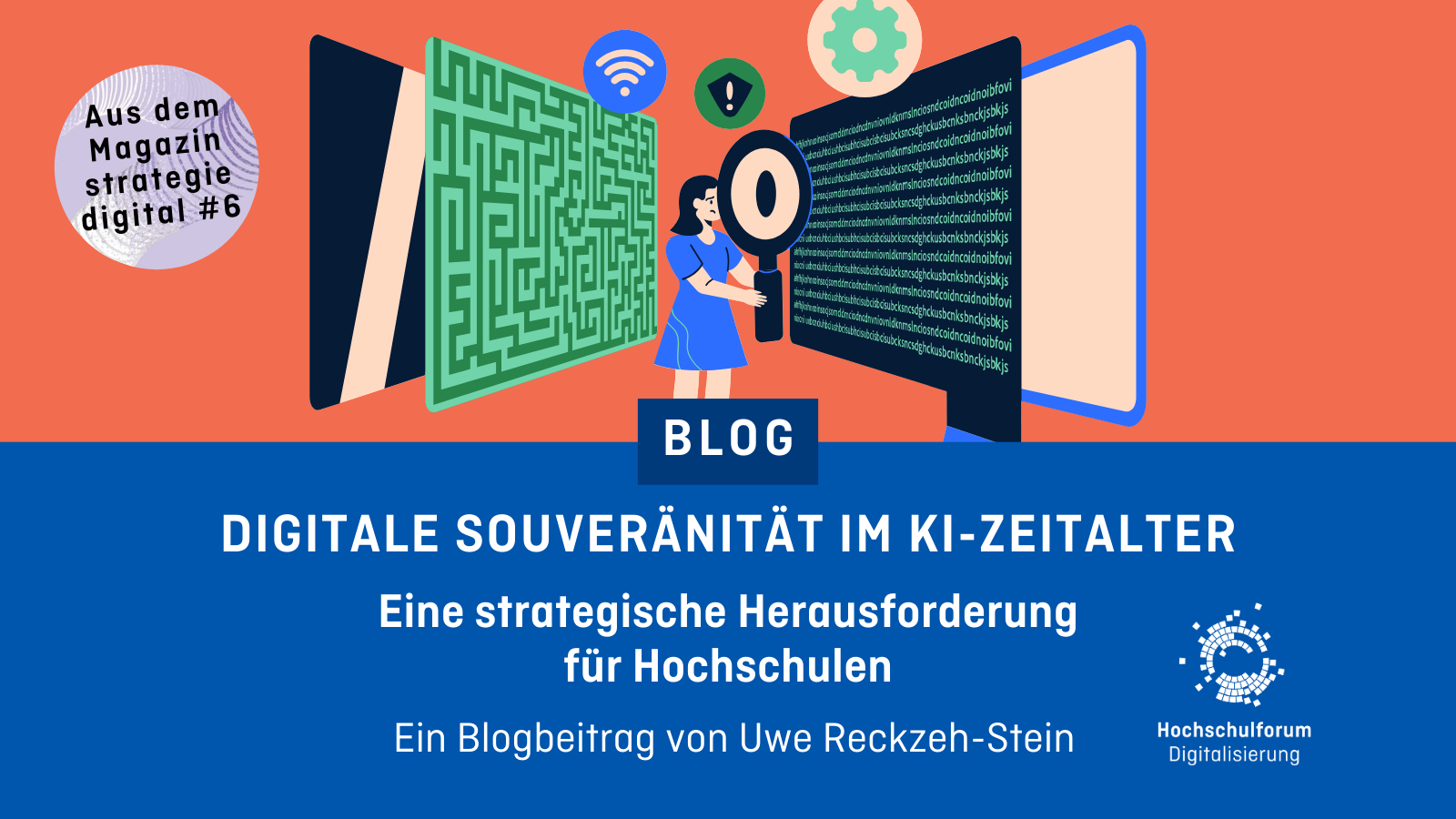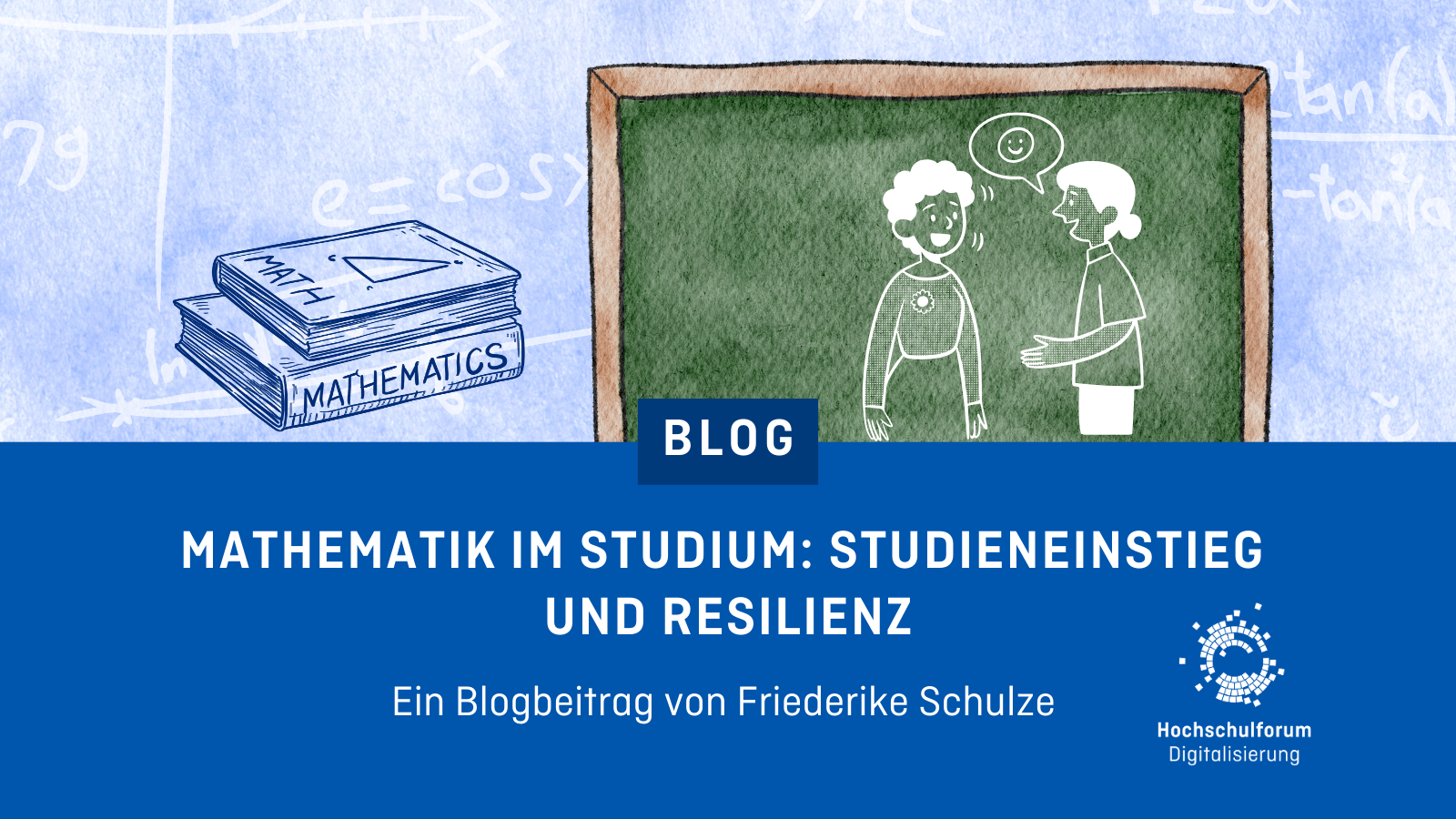Hybrid Learning Spaces and game-based learning – Prof. Dr. Sylvester Arnab interviewed
Hybrid Learning Spaces and game-based learning – Prof. Dr. Sylvester Arnab interviewed
13.09.18
Prof. Dr. Sylvester Arnab holds a professorship in game science at Coventry University, where he investigates the use of games, gamification and serious games in teaching and learning. He is co-initiator of the Disruptive Media Learning LAB and gave a keynote on innovative teaching and learning experiences through research and creative practices during our Summer School 2018. We had the chance to interview Sylvester during the Summer School.
What is the Serious Games Society? Can you explain the Beaconing Project?
Serious Game Society is a society that is set up based on the work that we have done within the “Games and Learning Alliance Network” funded by the Seventh Framework Programme (FP7) of the EU Commission funding, which ended in 2014. The Serious Games Society is looking at different works by the partners in that particular network and extend the remit in terms of creating conferences, journal publications. Anyone, who is interested in serious games in general, can participate in the society. We have conferences organized every year, which are looking at different topics with regards to serious games and gamification.
Beaconing is a project, which is funded by the Horizon 2020 EU Commission funding. It is being led by ourselves at Coventry University with 15 partners in the project. We are looking at expanding the experience of learning from a classroom setting into the outdoor and into personal spaces by using pervasive technology as well as gamification. So far, we have developed an authoring tool for teachers, that enables them to create their own gamified lesson paths. The created lessons can get coupled with different gamification or serious games activities in terms of minigames. It is also possible to use the location-based technology. This is quite interesting, because the schools we are going to work with, are going to generate their own lesson plans and deliver it to their students in the own classroom. That allows us to evaluate those games and perhaps provide a final version of it. We are talking about an innovative approach in combining pervasive gamification with deconstructing learning in smaller chunks by using minigames and providing an authoring tool, that allows even non-programmers, for example teachers, to create their own interesting content.
What is the Disruptive Media Learning LAB? What lessons have you learned?
The Disruptive Media Learning Lab is a unit that has been set up by the University for us to work with staff, including lecturers and teachers, and students to discover new ways for teaching and learning in terms of the design, the delivery of teaching and the engagement of learning. How students can be involved as part of the co-creative process in delivering different types of resources and toolkits for teaching and learning? So, we are looking at flipped learning – beyond flipped, because we are thinking of how to encourage active learning and how to encourage the design of new courses as active learning specifically or the use of gameful and playful processes that will allow us to create engaging activities.
![Gamebased learning encourages co-creativity. BIld: [https://unsplash.com/photos/geNNFqfvw48 Michał Parzuchowski] Jenga.](/sites/default/files/images/blog/michal-parzuchowski-224092-unsplash.jpg)
We are also looking at the use of the open web as a platform. Not only for teaching and learning, but also for assessments. The lab emerged as a result of the disruptions that have been happening in different industries in terms of being more agile in addressing and responding to new challenges. So, for digital learning we need to be prepared for what is happening in the market and the world and other challenges, that change the way we interact with our students. Knowledge and resources are everywhere digitally. It is our duty to provide an experience for our students that will be wholesome and an experience that will make them better citizens and lifelong learners. But also to qualify them for performing effectively in the world of works. This was a premise for setting up the lab. Some of the people at the university are inducted into the unit to provide different expertise in games, gamification, open media, open web, open educational resources and the use of playful methodologies in developing new resources.
There are a lot of lessons learned, because at first it was quite difficult working with staff who are already comfortable in the way they deliver their teaching. So, it was interesting to really onboard and help them to discover new ways they might be able add to their practices. Engaging with staff at the University is very important for me. You need to create something simple, demonstrations, workshops to instigate them in order to change the mindset. Once you have managed that, you can practice and then you can master that approach by being disruptive and being innovative in the way that you deliver your teaching and design your teaching.
We have also learned, that we need to be very bottom up and holistic in the way we design teaching and learning. Most people we were engaging with were influenced and driven by technology and new shiny things. We shouldn’t be driven by those things, but inspired. However, it is essential to be driven by the actual gaps and needs in teaching or learning, that help us to actually define what types of technology might be able to support each particular learning. I believe that it has been one of our key lessons learned. Staff are able to evaluate the needs of the one course and come back to us with draft ideas or plans they want to implement. We can help find the suitable technology or methods that it requires to be turned into a reality.
What are hybrid learning spaces and why do we need them?
Hybrid learning spaces are spaces that can be populated with different resources. For example, you can use digital resources in different methods, media games or any open media as well as the use of physical spaces as a creative space for those resources to be engaged with. Hybrid learning is about being strategic and being able to conceptualize and contextualize the use of different resources in various ways. Every single resource that we are going to use in that particular teaching has to be meaningful and requires a purpose and the context has to be clear. That’s why we are using a lot of storyboarding to make people understand the needs and how to populate a particular lesson with different types of resources in order to create a hybrid learning space. Pervasive technology, and augmented reality, might be relevant for hybrid learning spaces, if it is informed by the needs. We provide different examples and different possibilities that staff can actually engage with and will hopefully inspire them.
![How can learning languages be more interesting? Bild: [https://unsplash.com/photos/xy4zPgetBQg Dan Gold] Sprachbuch.](/sites/default/files/images/blog/dan-gold-576524-unsplash.jpg)
Is there a particular story that comes to your mind?
We engage with the MIT in the USA with regards to using their tool for augmented reality. They have their own platform created for teachers to generate diverse activities. I brought that idea back to Coventry University and engaged with staff by asking for problems that might require a hybrid approach to get solved. We started with the hybrid approach rather than the technology. Two staffs based at the languages center wanted to combine the education in city history and language learning in the city center of Coventry. Now we have two students working with these two lecturers. They created a location-based game that will allow students to go around Coventry and learn Italian at the same time. This is one example of how lecturers can come and work with us. We encourage co-creativity with ourselves as well as with the different staff at the university.
How would a quick guide to persuasive game-based design look like in higher education?
Based on my experience there are two different ways in higher education: one approach is the use of games in an actual module or course. Games can be used as part of the reflection, part of discussions. It is not only about assessment and control of progress. However, the trend now is actually looking at the use of games as part of mini learning or atomic learning. It is about smaller learning objectives and smaller learning resources. So, games can be used as an approach in hybrid learning, where you identify the needs and different content that you want to deliver and you identify what resource that would fit. It can deliver this particular concept that will allow students to reflect and discuss in a group, which leads to better learning and deeper discussion. This is quite difficult to get from standalone gaming. The trend is an application of location-based technology as it is trying to encourage learning within an outdoor setting. This technology has been used in schools as well as gamification in inspiring students to go outdoor and discover different artifacts and return into the classroom as a mission room to discuss the findings. Secondly, the design of games as a learning process is one of the key trends which is used by ourselves at Coventry University and at the Institute of play. We encourage teachers and students to create their own games. Creating games as part of the learning process requires the reflection, understanding and application of a topic and integrates empathy for the audience, that is going to play the game. Last but not least the students are testing and reflecting their own games. So by this the learning process becomes meaningful.
![Light switch. Only use it on demand. Bild: [https://unsplash.com/photos/BjZT73Qq7_k Steve Johnson] Lichtschalter.](/sites/default/files/images/blog/steve-johnson-589229-unsplash.jpg)
Which topic or project will most likely capture your attention in the future?
The next topic for me is actually looking at the Internet of Things. The world is getting more connected and the infrastructures are getting smarter by implementing sensorial environments. This is a reaction to how the way students learn is changing. People are looking at learning on demand. How can we trigger context and trigger content in different spaces in different parts of the world? How can we encourage people to be lifelong learners anywhere and at any time?
Internet of things could combine both the digital and physical worlds and spaces. That is also related to the Beaconing project and the developments we are doing at the disruptive Media Learning Lab. The Internet of Things and the use of artificial intelligence might help us to trigger context aware information and content.
What is your vision for higher education in Europe?
This is quite idealistic: how can we share content and share modules and courses across the universities in Europe? Is there any opportunity for learning on demand, for the uberfication of learning? We already have a program, which allows a PhD to be supervised by two universities, so the graduation will be a double-degree. Can students use the Amazon approach for learning on demand and create an own course based on best practices and best case studies from different universities to get a joint degree? That would give autonomy to the learners and make them better learners, because they have the option and they have the power in selecting content that they need for the learning.
So, it may be far-fetched, but in the future we’ll discuss how European universities can become one strong universal university.


 Andreas Giesbert
Andreas Giesbert 
 Uwe Reckzeh-Stein
Uwe Reckzeh-Stein 
